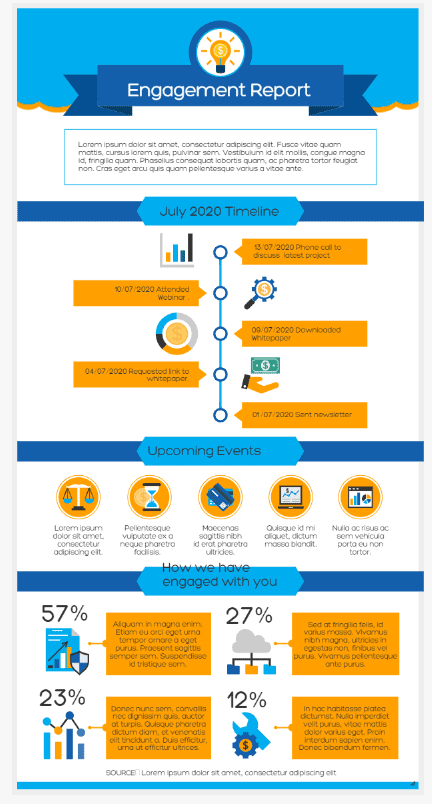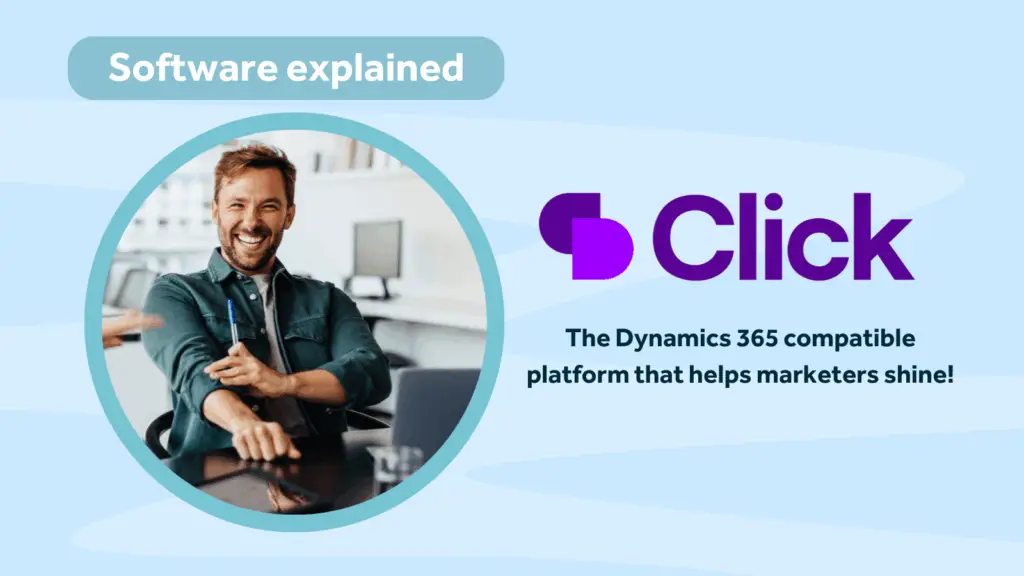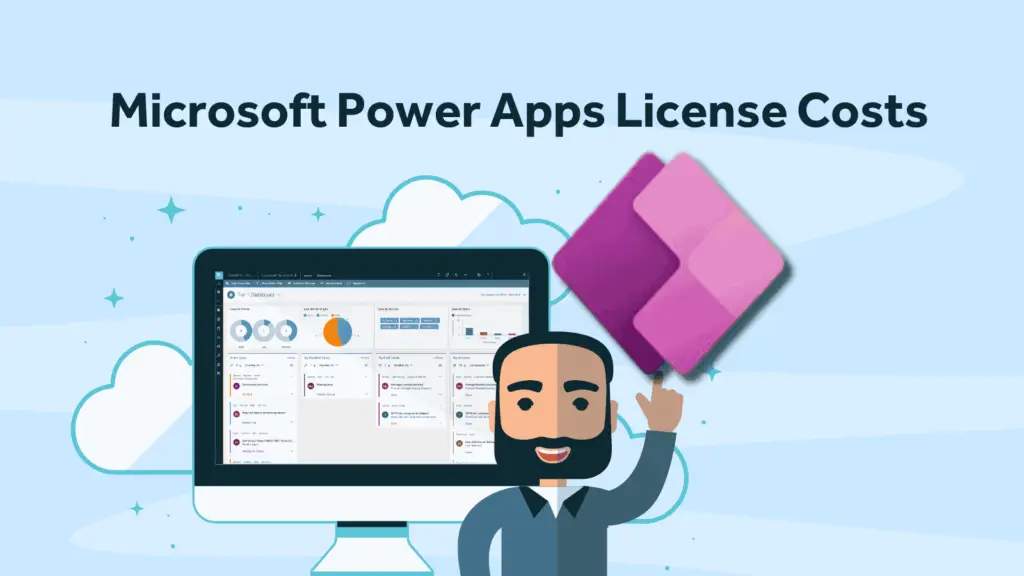The task of driving value to members
Membership organisations that want to continue to exist need to listen to and adapt to the evolving needs of their audiences. Membership organisations that don’t innovate will inevitably meet the same fate as a slowly sinking ship. We all know that there are difficult times ahead as we attempt to kickstart our normal lives again after an unprecedented situation brought about by Covid-19. When times are hard, we are all forced to review our personal spending budgets. Anything seen as optional will be first for the chop.
It’s super important that your members don’t see their membership with you as an optional item. The pressing task for membership organisations is to ensure that members are fully engaged and feel they are getting value for money.
When was the last time you reached out to your members to talk and, more importantly, listen? This kind of activity is also a great opportunity to demonstrate the value you have been providing. By doing this simple thing, you make yourself less likely to be on the optional items section, when it comes to budgets for the coming months and years.

Sometimes, from the inside the bubble, it difficult to see what a customer experience is like for the people interacting with your organisation. All membership organisations have a list of “member benefits” which we use as a sales tool to demonstrate how much value we offer. But in reality, how many members make use of every benefit stated on the official list?
Benefits of membership groups can take many different forms. What is important to one person may not be as significant for someone else. It’s strongly recommended to get to know your members better in order to determine what they care about. One person may see great value in being guided through everything whereas others are happy to find their own way around.
Rather than taking a generic approach of treating all members the same, start to recognise members as individuals. For example they all have different names, they all live in different houses, with different jobs, lifestyles and interests. Yes, it is true that they all share one interest in that they all want to be a member of your organisation.

Many membership organisations have a fear of renewal time because each year they see the numbers declining. If those organisations could take a fresh perspective and look at renewals as an opportunity to engage and demonstrate real value and commitment. Having the right mindset can help here. Spend time looking for ways in which the whole process of renewal can be a pleasure for you and your members. Talk about what’s coming up in the next 12 months, new discounts, offers and services. No one wants to see their membership numbers decrease every year. Act now before it’s too late… show your members you care.
Personalise the experience
You can at least start with the easy stuff like personalising emails. Don’t just send a one size fits all newsletter. Personalised emails have higher open, click-through and conversion rates than emails sent generically. But, you must go beyond just “Dear Janet,….”. Send emails that show different content based on a members status, type or interests. Use software such as ClickDimensions to do drip marketing and to show or hide content on an email based on values in fields in a Microsoft Dynamics 365 Application.
Nowadays everyone can follow whoever they want on social media and get straight to content that really interests them very quickly. They don’t have to sift through everything to get to what they want. When putting out your content have this in mind. Why would your members want to pay for stuff that isn’t relevant to them. Make an action plan to find out what areas your members are interested in then build their experience with you around those interests.
Offer a Flexible membership model
Offering a flexible membership model allows people to join in a way that feels comfortable to them. Not everyone wants the full experience. Some may only want to access your amazing library of content whereas others may only want to get involved in special interest groups and events.
Offer something that works for people whatever their circumstances are right now and let the model be flexible. Let them change up or down when they want to without having to jump through hoops to get there.

Consider offering a free membership type that allows people to try out a membership and get access to a basic set of benefits. Then keep the juicy stuff gated for paying members. This results in the organisation being able to raise its profile quickly by increasing its “membership” count. But it also provides many more opportunities for up-selling full memberships to people who are already “warmed up” rather than to cold prospects.
Recognise Generational Differences
Organisations with an ageing membership are probably acutely aware that some of their members may struggle with technology. Again, this is an opportunity for personalisation. Printed letters with a manually typed address and a real inked signature at the bottom of the letter may still carry a lot of weight for some age groups. After all, who wouldn’t open a hand written letter? This kind of thinking is important for membership organisations that offer the ability to leave legacy donations but more importantly, it also shows that you actually care.
The fact is that organisations where the membership is largely made up of Baby Boomers (people born between 1944 and 1965) need to be very careful to start attracting a younger audience in order to avoid a slow and steady natural decline in membership.

Another generation difference to address immediately is Generation Z. People born between 1995 and 2015. The oldest members of this group are now in their mid twenties and their opinions and ideas about the world are becoming more influential. This group typically don’t like to associate with, what they see as, “traditional” organisations. Research shows that branding is important to this age group. A different engagement approach is required. This group is all about lifestyle and ideals and they have only ever known an online world. For membership organisations to connect with Generation Z, they need to offer relevancy. This might be in the form of increasing the amount of charitable activities, offering some kind of volunteering activities or getting involved in more special interest groups. Ways to engage include Gamification and alternative ways to communicate such as chat bots.
We’ve only mentioned Baby Boomers and Generation Z but it is also important to also consider Generations “Y” and “X” as these two groups also have preferential ways to engage.
Summary
In this post we have looked at three strategies that membership organisations can adopt in order to engage fully with their members from 2020 and beyond. Organisations that want to adapt and change in a rapidly changing world must be prepared to invest. They must invest in dedicated resource to manage a more complex and dynamic engagement strategy, but they also have to invest in robust business platforms that are flexible enough to allow for new ideas to be implemented and rapidly executed. Find out more about our custom-built membership CRMs.
About Rocket CRM
Rocket CRM is a Microsoft Dynamics 365, and a platinum Click accredited partner, helping small to medium-sized businesses and charities harness the power of scalable CRM technology. Our mission is to make powerful CRM software simple with custom-built, user-focused solutions.
Website: rocketcrm.co.uk
Podcast: RocketPod
Social: LinkedIn




